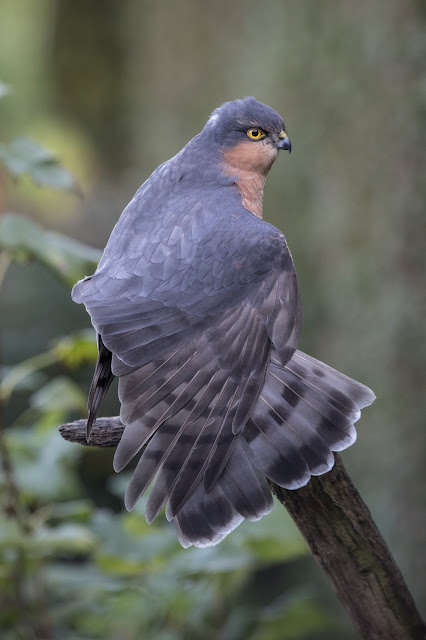I have had a camera in position most days in the first three weeks of this month, apart from when the water level was too high after heavy rain. The limitations of trail cameras remain apparent. On one occasion an otter, or possibly more than one, went past the camera heading north and left these tracks on the sluice without making a recording. I think the reason is that a wet otter seen from behind and going away looks cold and has no heat signal to trigger the camera.
Taking photos of the tracks under the water was interesting. I used a polarising filter to reduce the reflections and I think the camera just about managed to focus on the tracks rather than the surface.
Then some good news. The mother with both pups left a brief recording. They were too close, and out of focus, by the time the recording started, but at least we know they are alive and well.
As you can see on the video, one of the pups took a very close interest in the camera and turned it round so I had to reposition it the next day. The rising water had also just reached the bottom of the camera so I got there in the nick of time.
Here is the trail camera so you can see it needs to be secure. It is screwed onto the top of a coarse fishing bank stick. Thus far I haven't fallen in.
On another occasion a single otter went south and left a track including a tail drag. This photo was taken with a small pocket camera with no filter.
The trail camera did pick this one up. As it is alone and has no shoulder wound I assume it is a dog. It also had a sniff at the camera.
Because of the persistently high water level I then moved the camera to another site and struck gold. Here is the mother with her two pups, all looking fat and healthy, even though they still have their scars. I had put out some sardines but by the time the otters turned up, at about 04.30, all the food had been eaten by rats. The good thing is that I was able to set the camera back a bit to get them in focus and get all three in the frame. A few frame grabs,
and then the video. They even did their own editing for me. This is one complete clip.
The next night the otters turned up early, not long after dark, to make sure they got the food first. They stayed for about five minutes so I have shortened this video. It was a wet and windy night with rain on the lens so the quality is not the best.
On the last two nights the camera picked up the mother otter on her own (as she was couple of times in the report two weeks ago) so I am not sure where the pups were. Perhaps they had found something more interesting than sardines. Because of their scars it is now quite easy to identify the three individuals even when they are not together.
I'll put the cameras out again in a couple of weeks and report back here.
































































